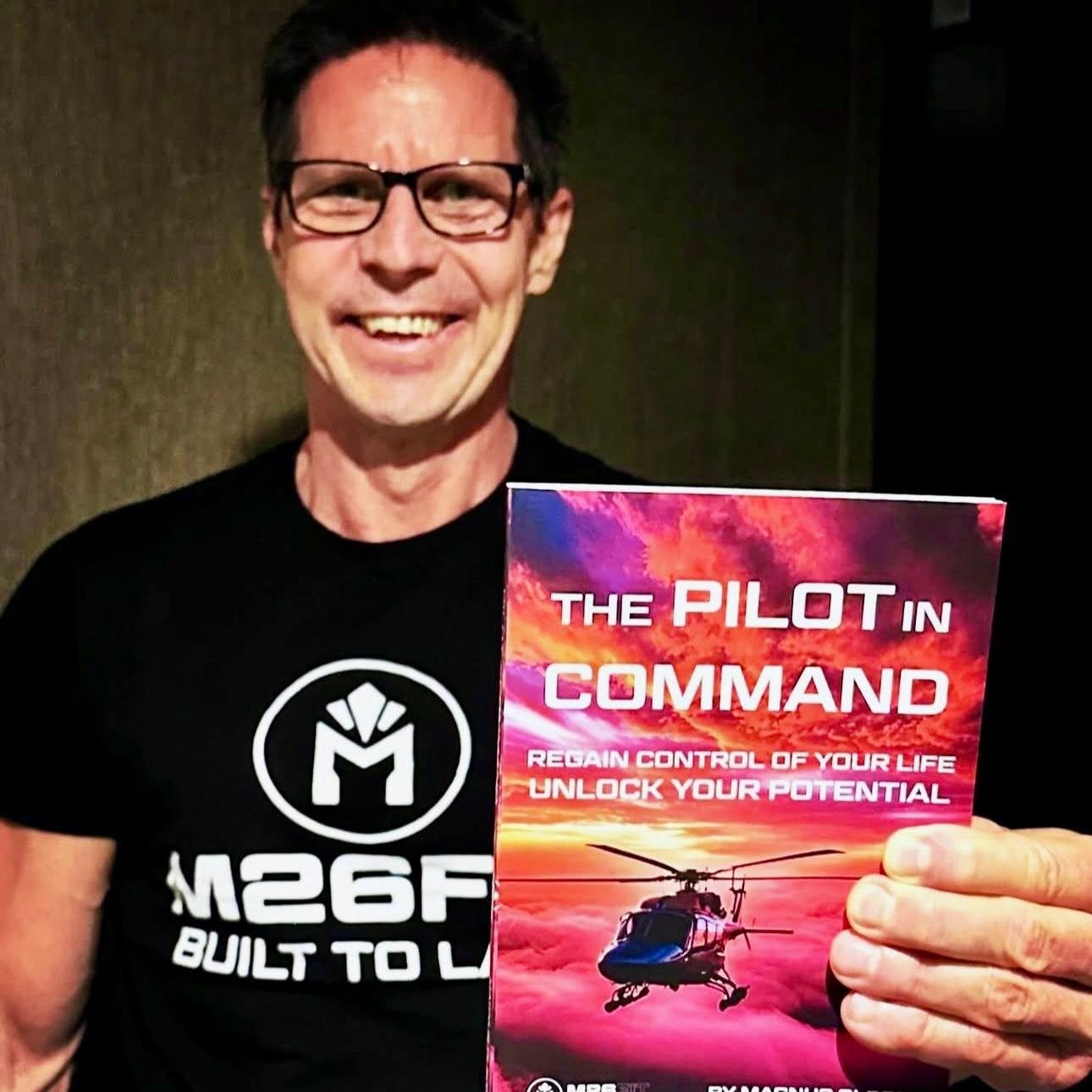


The Flipped Learning Global Initiative (FLGI), a worldwide coalition of educators, researchers, technologists, professional development
providers and education leaders, are committed to flipped learning and explains its key principles as: “Flipped learning requires a
radical redefinition of the role of the teacher, the student and the best use of time between them… Successful implementation of
flipped learning requires a mastery of the pedagogy and best practices of the flipped classroom.”
(FLGI, 2019, http://flglobal.org/about-us/core-principles/).
The key idea from a classroom teachers’ point of view, is to flip any resource that would traditionally utilise class time but not require teacher mediation from classwork to homework. Thereby freeing more time in class for teachers to address student questions, explicitly teach skills and to explicate related concepts in greater depth. The advent of the Khan Academy saw the flip movement become particularly popular in Mathematics.
However, effective teachers assigning a reading or video of content would not do so without context. It is usual practice to use focus
questions to direct reading and viewing. These might include instructions such as:
For the effective teacher, Flipping can be a useful strategy to free more class time for discussion with students. Viewing videos at home
also allows students to pause and rewind at their own pace. I found this was very useful when students viewed the Green brothers’ Crash
Course videos. While the Greens are amusing and their content engaging, they speak quickly and with American accents which make it
difficult for some Australian students to follow.
However, Flipping pre-supposes a level of student autonomy and essential skills that not all possess. This is where a well-trained tutor
can complement the classroom instruction. Just as a class teacher can moderate the speed of information delivery, and use guided discussion
to help explicate content, so too, can a tutor provide the same mediation for the student in a one-to-one environment in the home.
Students who can work one-on-one with a trained teacher at home have the best of both worlds. They can ask questions they might be concerned to raise in the larger class, and they have access to a content expert who can show them how to extract meaning from a text (written or visual).
While Flipping certainly frees time in a classroom, it can never provide adequate time for any teacher to give the individualised
one-on-one attention that some students need. This is particularly true for introverted or compliant students who disguise skill deficits
or gaps in understanding by ‘flying under the radar’. When classrooms are focused on rote recall of knowledge, students with good recall
might get away with this. However, given education’s current focus on developing twenty-first century thinking skills, this is no longer
possible. In today’s thinking classroom, such students with gaps in essential basic skills will experience the widening of the achievement
gap. The remedy is to identify and address such deficits as quickly and as early as possible. For students who have mastered such basic
skills, the focus should be upon refining and extending such skills.
Regardless of the type of need a learner has, the ability to work one-on-one with an experienced teacher in the privacy of their own home,
provides students with the greatest educational tool possible: a passionate, trained teacher.
By Sue Burvill-Shaw